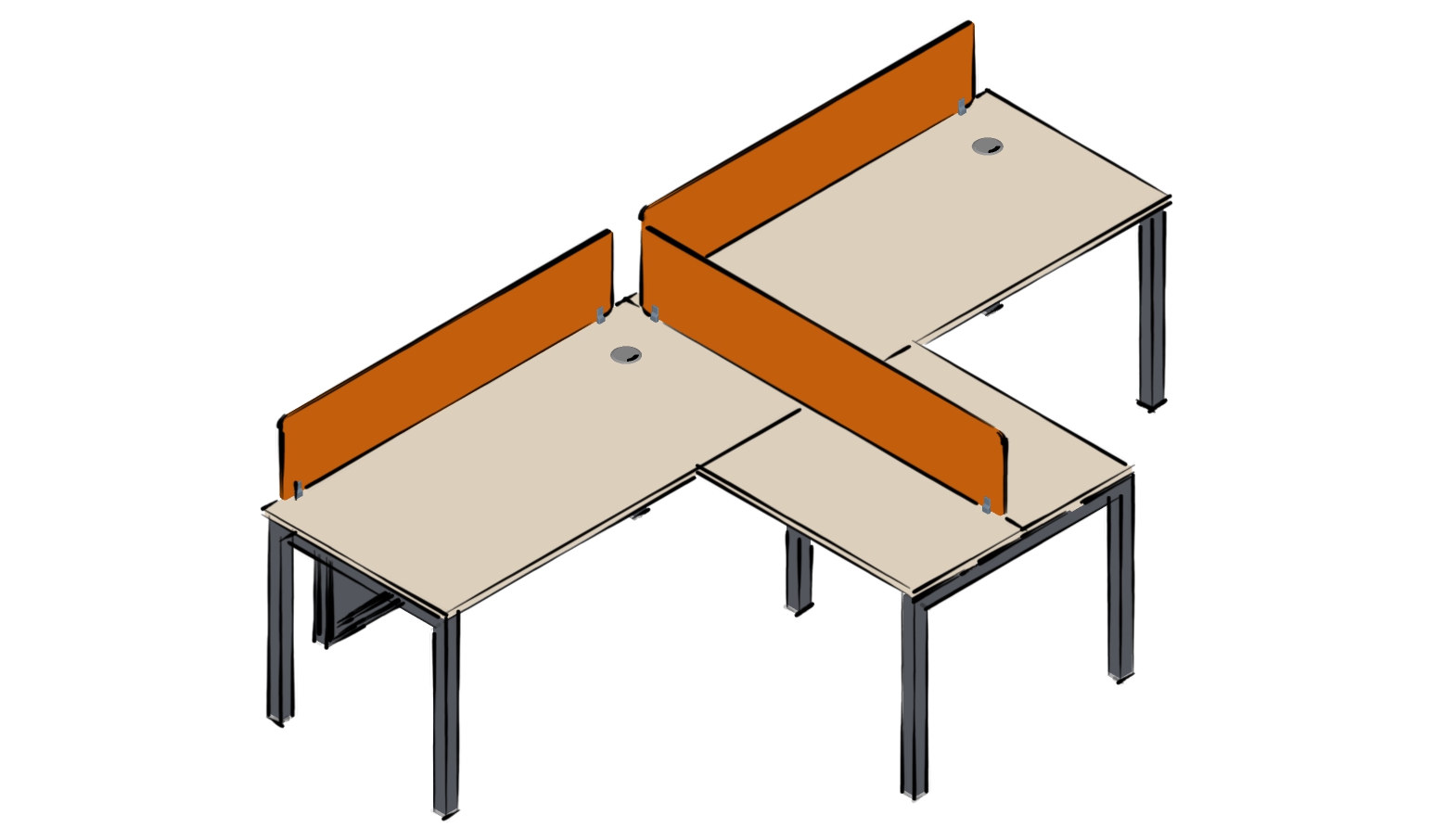
Office cubicles have long been a defining element of corporate culture, symbolizing both efficiency and controversy in the workplace. Since their widespread introduction in the 1960s, cubicles have undergone a considerable transformation in function, design, and perception. While once seen as the epitome of uniformity and impersonal workspaces, today’s office cubicles reflect a nuanced balance between privacy, collaboration, and adaptability.
The original concept of the office cubicle was born from the desire to give employees a semi-private space that promoted productivity without isolating them entirely. Invented by Robert Propst for Herman Miller in 1967, the “Action Office” was designed to combat the rigid and dehumanizing layouts of open-plan offices. Propst envisioned a flexible, dynamic environment that would cater to the physical and psychological needs of workers. Unfortunately, cost-cutting measures and corporate misinterpretation of the design led to a proliferation of drab, box-like spaces that prioritized density over well-being.
Despite this misstep, the cubicle became a staple of the modern office due to its affordability and scalability. Employers embraced the ability to partition space efficiently and house large numbers of workers without the expense of constructing permanent walls. However, by the late 1990s and early 2000s, the cubicle came under criticism for fostering isolation, inhibiting collaboration, and symbolizing the monotony of corporate life.
In recent years, the narrative around office cubicles has begun to shift once again, driven by changes in work culture, technology, and employee expectations. Hybrid work models, the rise of coworking spaces, and an increased emphasis on mental health and productivity have prompted organizations to rethink how physical workspaces are structured. Modern cubicles are no longer confined to beige panels and fixed desks. Instead, they often feature modular components, soundproofing elements, adjustable furniture, and integrated technology.
Today’s cubicles are designed with flexibility and employee comfort in mind. Many incorporate ergonomic seating, natural lighting considerations, and even plant life to enhance the workspace environment. Privacy is maintained without sacrificing openness, allowing employees to focus while still feeling part of a larger team. This blend of autonomy and accessibility is particularly crucial in hybrid environments where collaboration must be seamless for both in-office and remote workers.
Moreover, modern cubicle systems are often tailored to support a company’s branding and culture. Whether through color schemes, materials, or layout options, businesses can create a sense of identity and community within the workspace. In fact, some organizations now use cubicles to offer personalized zones for team collaboration, creative brainstorming, or quiet, heads-down work, all within a single floor plan.
While open-office layouts gained popularity in the early 2010s, especially in tech startups, studies have shown that such environments can lead to increased distractions and lower job satisfaction. As a result, companies are returning to the cubicle—not as a regression but as an evolution. Today’s cubicle is not about restriction, but about intentional design: a thoughtful response to the complexities of modern work.
In conclusion, office cubicles are far from obsolete. Rather, they have adapted to meet the changing needs of the workforce. When executed well, cubicles can provide the perfect mix of privacy, flexibility, and efficiency. As work environments continue to evolve, the office cubicle stands as a testament to the enduring need for balance between individual focus and collective engagement.